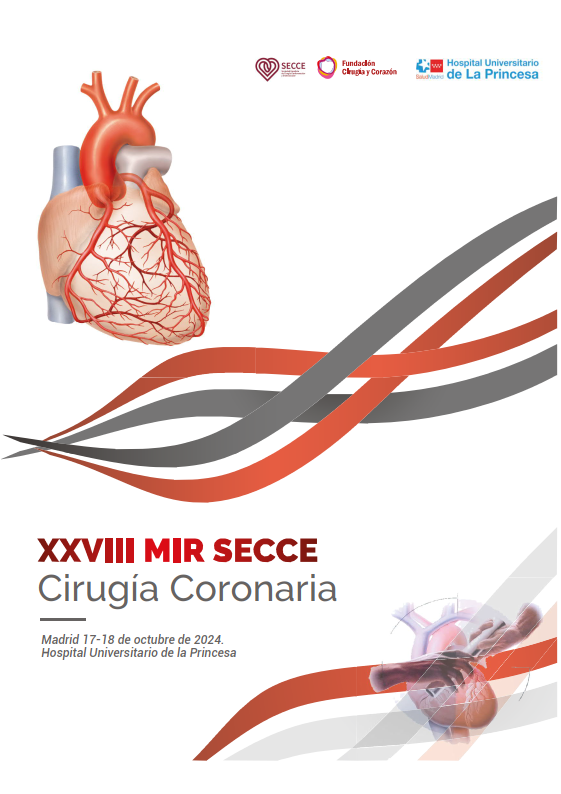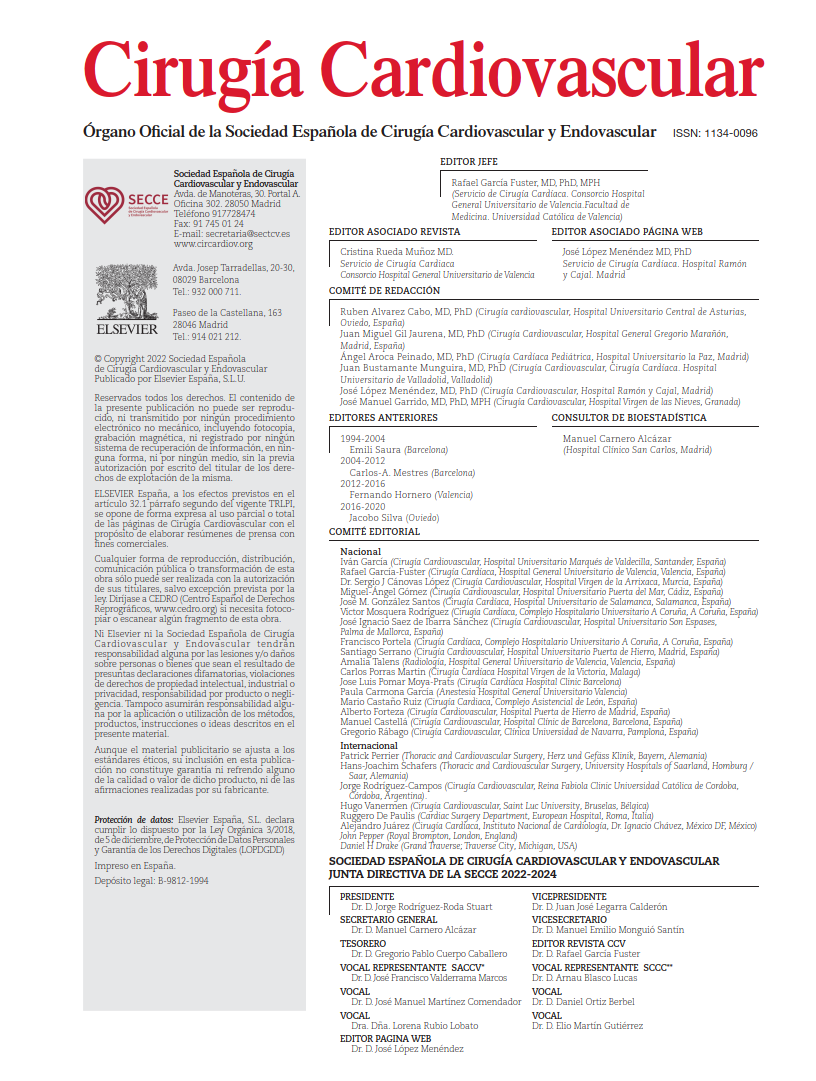Aortic IMH poses a significant challenge in clinical decision-making due to its potential progression to aortic dissection or rupture. Current evidence suggests that its management should be tailored according to the Stanford classification (type A or B) and the presence of progressive features on imaging. The authors hypothesized that type A IMH might be managed with emergent open aortic repair, analogous to the treatment of acute type A aortic dissection (ATAAD). Within this framework, they review the literature and share their institutional experience, highlighting criteria that support early surgical intervention.
The study included 106 patients with type A IMH and 795 patients with ATAAD who underwent open aortic surgery between 1996 and 2023, all diagnosed via computed tomography (CT). Demographic, perioperative, and survival outcomes were compared using multivariable regression models to assess the impact of IMH on operative mortality and long-term survival, using ATAAD patients as controls. A Fine–Gray competing risk model was applied to evaluate reintervention rates, considering death as a competing event.
Patients with IMH were older (65 vs 59 years) and more frequently female (45% vs 32%). They exhibited lower incidences of severe aortic insufficiency, malperfusion syndrome, and acute kidney injury, but had a higher rate of cardiac tamponade. Operative mortality in the IMH group was significantly lower (.9% vs 8.8%, p = .005). However, 10-year survival was similar between the groups (65% vs 61%, p = .35), suggesting that although IMH may follow a more favorable perioperative course, its long-term outcomes do not differ substantially from ATAAD. No statistically significant differences in reintervention rates for proximal or distal arch pathology were observed (p > .05). In the regression analysis, age and chronic kidney disease emerged as independent predictors of operative mortality and, along with COPD, were also associated with midterm mortality.
The authors conclude that type A IMH should be managed with emergent open repair, yielding excellent short- and midterm outcomes, although therapeutic decisions should be individualized based on risk factors and radiological evolution.
COMMENTARY:
Type A intramural hematoma (IMH) represents a variant of acute aortic syndrome (AAS) that, although it shares clinical features with acute type A aortic dissection (ATAAD), is pathophysiologically distinct and may exhibit a different clinical trajectory. Whether all cases require immediate surgical intervention or if a more conservative strategy is appropriate in selected patients remains controversial.
The study by Ahmad et al. supports the notion that, despite its potentially less aggressive acute presentation, type A IMH should be treated as a surgical emergency. A key finding was that surgically treated patients with acute type A IMH had significantly lower operative mortality compared to those with classic ATAAD. Notably, the IMH cohort, although older and predominantly female, had fewer severe comorbidities such as significant aortic insufficiency, acute stroke, renal failure, and malperfusion syndrome. This might partially explain the lower operative mortality observed.
Moreover, the IMH group exhibited less aortic root involvement and lacked an intimal tear, which allowed for more conservative surgical approaches with reduced cardiopulmonary bypass and cross-clamp times. However, the similarity in long-term survival between the two groups suggests that IMH may follow a clinical course akin to classic dissection, thus justifying early surgical management.
Limitations of the study include its retrospective design, which introduces potential selection and interpretation biases. Additionally, there was no medically managed IMH comparison group, and patients treated exclusively with TEVAR were excluded. The relatively small sample size of the IMH group further limits the generalizability of the findings. Intrinsic heterogeneity within the IMH cohort (e.g., variation in hematoma thickness or presence of tamponade) could also have influenced outcomes.
Nevertheless, this study provides valuable insights into the management of acute aortic IMH. Its major strength lies in presenting data from a specialized center, reflecting real-world clinical practice and offering a benchmark for future research. A key implication is that emergency open repair may be considered a standard approach for surgically fit patients with acute type A IMH, given the excellent short- and midterm outcomes. This is particularly relevant in light of historical discrepancies in management strategies, with some centers favoring initial medical therapy.
In clinical practice, this work reinforces the importance of individualized risk stratification in IMH patients, emphasizing that management decisions should be guided by radiological progression and symptom persistence.
REFERENCE:
Ahmad RA, Orelaru F, Arora A, Ling C, Kim K, Fukuhara S, et al. Acute type A intramural hematoma: The less-deadly acute aortic syndrome?. J Thorac Cardiovasc Surg. 2025;169:552-61. doi:10.1016/j.jtcvs.2024.01.032.



